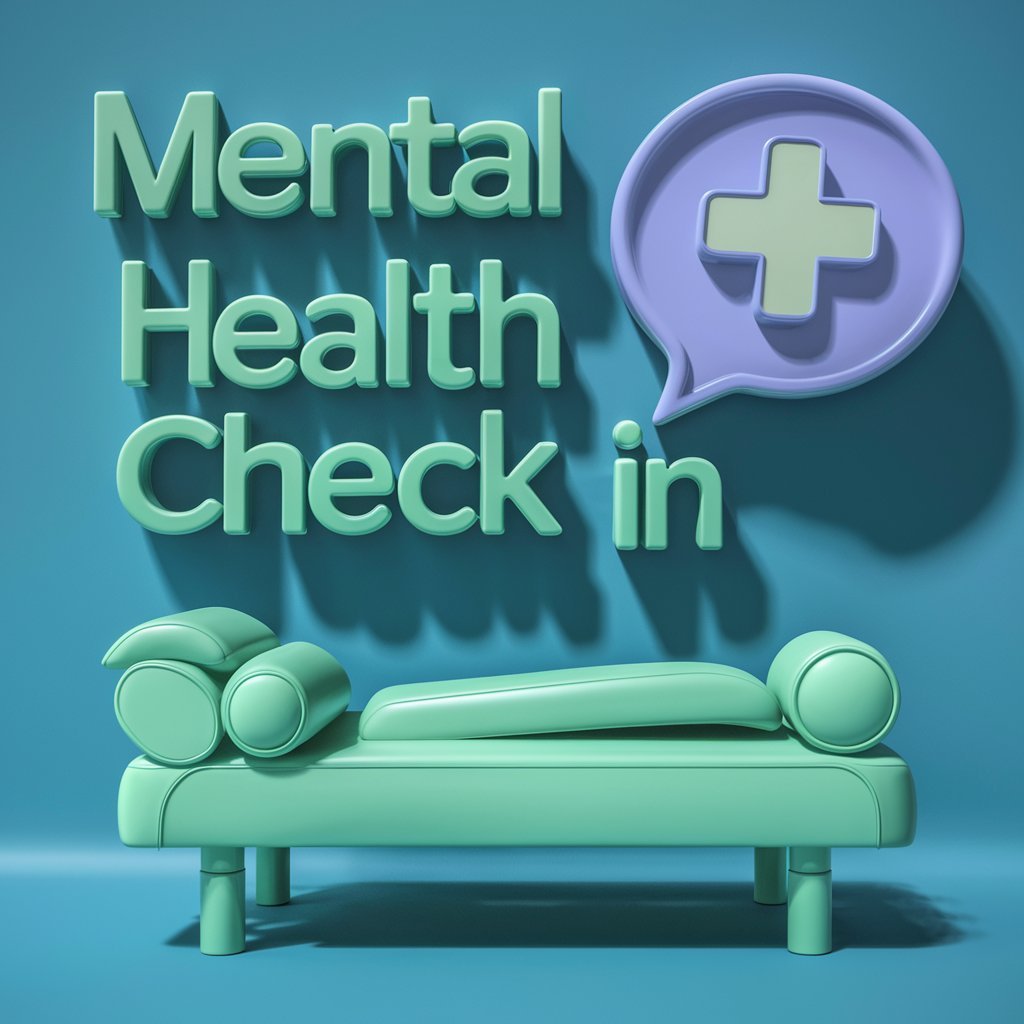When it comes to ensuring your own safety and wellbeing, having a safety plan in place can be a powerful tool. Safety planning involves identifying potential risks and putting measures in place to mitigate those risks. By empowering individuals to take control of their own safety, safety planning can have numerous benefits for both mental and physical health.
1. Increased Sense of Security
Having a safety plan in place gives individuals a sense of security. By knowing that they have thought through potential risks and have a plan to address them, individuals can feel more confident and secure in their daily lives. This increased sense of security can lead to reduced anxiety and stress, allowing individuals to focus on other aspects of their lives.
2. Empowerment
Safety planning empowers individuals to take control of their own wellbeing. By proactively identifying potential risks and taking steps to address them, individuals are able to assert their own agency and autonomy. This sense of empowerment can have a positive impact on mental health, as individuals feel more in control of their own lives.
3. Risk Reduction
One of the primary benefits of safety planning is the reduction of risks. By identifying potential hazards and putting measures in place to mitigate them, individuals can reduce the likelihood of accidents or incidents occurring. This can have a direct impact on physical health, reducing the risk of injury or harm.
4. Improved Decision Making
Having a safety plan in place can also improve decision-making skills. By thinking through potential risks and consequences, individuals are better equipped to make informed decisions about their actions. This can lead to more thoughtful and intentional choices, ultimately contributing to better overall wellbeing.
5. Enhanced Resilience
Safety planning can also enhance resilience in individuals. By preparing for potential risks and having a plan in place to address them, individuals are better equipped to handle unexpected challenges or crises. This can build resilience and the ability to bounce back from adversity, leading to improved mental and emotional wellbeing.
Conclusion
Overall, safety planning is a valuable tool for empowering individuals to take control of their own wellbeing. By increasing their sense of security, empowerment, and resilience, safety planning can have a positive impact on mental and physical health. By proactively identifying and addressing potential risks, individuals can enhance their decision-making skills and reduce the likelihood of accidents or incidents occurring. Safety planning is a simple yet effective way for individuals to prioritize their safety and wellbeing.
FAQs
1. How do I create a safety plan?
Creating a safety plan involves identifying potential risks in your environment, such as hazards in your home or workplace. Once you have identified these risks, you can then develop strategies to address them, such as installing safety equipment or setting up emergency contacts. It can be helpful to involve others, such as family members or colleagues, in the process to ensure that your safety plan is comprehensive and effective.
2. What should be included in a safety plan?
A safety plan should include a list of potential risks and hazards, as well as strategies for mitigating these risks. It should also include emergency contact information, such as phone numbers for local emergency services or trusted individuals. Additionally, a safety plan may include specific instructions for responding to different scenarios, such as a fire or medical emergency. Regularly reviewing and updating your safety plan is important to ensure that it remains relevant and effective.





